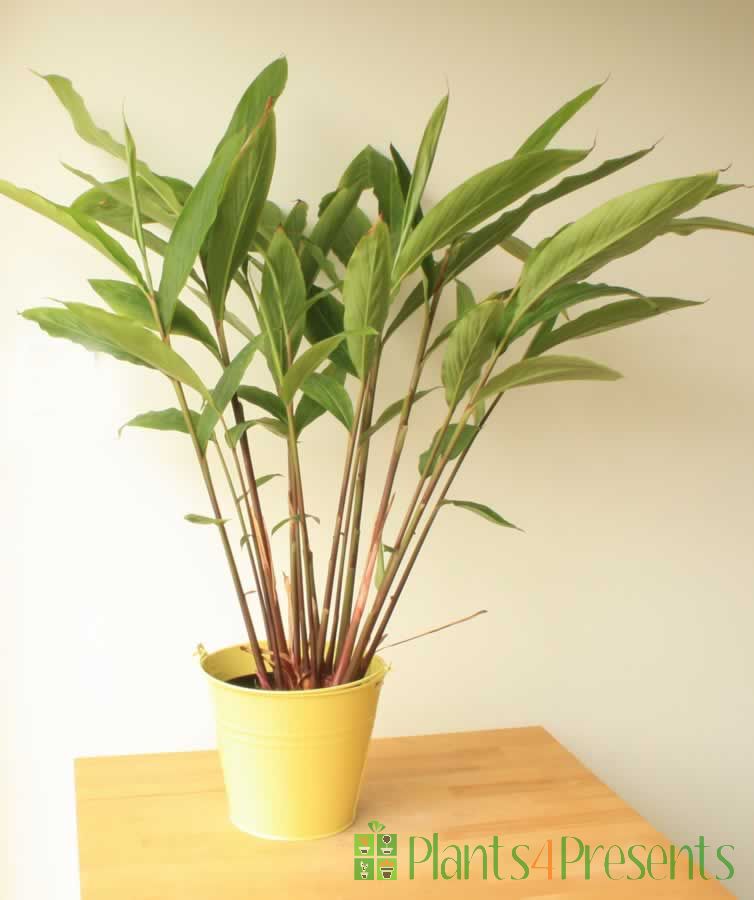Black Cardamom Plant
Out of stock
- Unusual cardamom variety
- Next or named delivery just £6
- Delivered gift wrapped with hand written card
We don't have any of these cardamom plants at the moment, but if you would like to know when we are likely to have more of these specialist plants or would like to be added to our Wishlist, then please contact us. Alternatively, we have cardamom currently available.

These instructions are sent with the plant gift
These fascinating plants originate in India and we whilst we know them best in this country for the fragrant pods used to add flavour and colour to curries, they also make a lovely houseplant. Black cardamom (Amomum subulatum) naturally occur in warm, damp but shaded forests so try to ensure they are kept warm and out of direct sunlight in the home. Water regularly when the top of the soil dries and you might try misting occasionally in a very dry room to keep the leaves looking fresh.
They work well as a house plant and the fragrant leaves release a sweet scent when brushed past. Over time in a warm spot we eventually expect them to produce delicate fronds of flowers which will dry to become the pods we know from cooking. These pods should be picked when fully ripe and brown and dried in a warm room or airing cupboard.
In the summer months your plant will benefit from occasional feeding with any general purpose or tomato feed. They are already in quite large pots and should not need repotting again until next summer at least.
Problem solving – brown tips to the leaves are quite common in the winter months but extreme browning and crinkling of the new leaves is a sign of either scorch or cold so try to move the your plant somewhere warmer out of direct sunlight. Over time the lower leaves will naturally shrivel and can be removed to keep the plant looking fresh.
These are a new introduction to our range of edible plants and we’d love to hear your experiences and perhaps your recipes?





